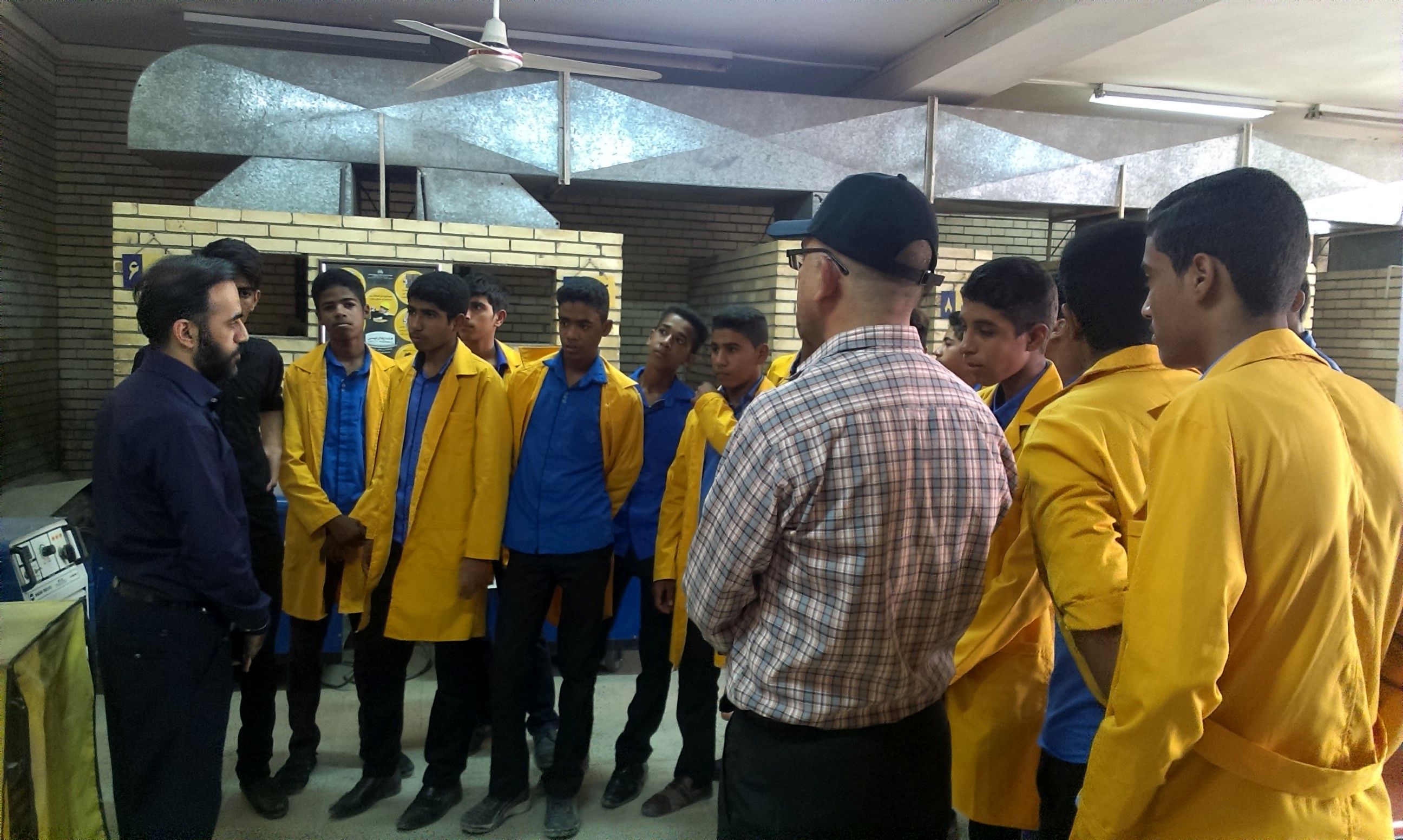The Education Ministry’s second conference on Development of Educational Justice held Monday at Tehran’s Alzahra University focused on preschool as the foundation of sustainable educational justice.
“About 67% of students failing the first and second grades of primary school live in nine of the country’s bilingual provinces,” said Meysam Hashemkhani, an economist specializing in social economics.
“Among them, 22% are in the underdeveloped province of Sistan-Baluchistan,” he added, addressing public authorities as well as education experts, economists, and representatives from non-governmental organizations and Iran Chamber of Commerce, Industries, Mines and Agriculture (ICCIMA), attending the conference, Fararu website reported.
Research shows that children who participate in high-quality preschool programs have better health, social-emotional and cognitive outcomes than those who don’t. The gains are particularly influential for children from low-income families and those at risk of academic failure who, on average, start kindergarten 12 to 14 months later than their peers in pre-literacy and language skills.
“Our studies show that the failure rate among first graders will be reduced by 3% for every 1% of increased preschool coverage in each of these nine provinces,” Hashemkhani noted.
Although Farsi is the official and the most widely-spoken language of Iran, there are regions in 14 of the 31 provinces where locals speak a different language such as Arabic, Kurdish, Baluchi and Turkish, as well as different Farsi dialects.
Addressing Bilingualism Early
“The matter of bilingualism is not specific only to our country, and must be thoroughly addressed early in childhood to prevent later damages to development and education,” said Haddad Adel, head of the Iranian Academy of Persian Language and Literature.
Failure to learn the country’s official language will not only create obstacles in education, but will impact the entire social and economic balance of a nation, he deemed.
“Improving the official language in preschools is the best solution to the problem,” he asserted.
To prepare children from bilingual groups for formal education, a $13 million (500 billion rials) plan was proposed by the Education Ministry to cover around 150,000 students in the 14 provinces with a one-year preparatory program in both the mother-tongue as well as Farsi, free-of-charge, as of the current academic year which began in September.
The amount was allocated for the first time in the budget for the current fiscal year that started in March, for quantitative and qualitative development of preschool education.
The main goal of the program is to teach Persian language to non-Farsi speaking students. They will also learn skills in articulation, social bonding, and physical activities to prepare them for formal education in mainstream schools.
“However, only $3.8 million (30%) of the total budget, has been allocated so far,” Adel said.
Impact on Poverty, Wellbeing
Studies show that the rate of failing school grades is more in the bilingual regions.
“The rate of failing first grade is less than 2% in Ahvaz, the capital of Khuzestan, while it reaches 9% in the indigenous regions such as Shadegan in southern part of the province,” said Ahmad Meydari, social welfare deputy at the Ministry of Labor, Cooperatives, and Social Welfare.
He also pointed out that a large portion of people in bilingual regions are not in favor of their children learning Farsi, due to unfounded fears that they may forget their native language. It should be mentioned that the majority of the bilingual population live in remote or lesser developed areas.
Reluctance to learn among these groups, has also affected the educational status of households in the regions, and by extension, the purchasing power of families.
According to Hashemkhani, 44% of breadwinners in the lowest economic deciles are illiterate, about 25% have primary education and only about 15% have higher education.
He further stated that 70% of households in the lowest economic deciles, including those in Sistan-Baluchistan spend a monthly average of $2 (80,000 rials) on education. The western Kordestan Province and Bushehr in central south follow suit.
When Poverty Strikes Education Goes
“The expenditure on education was $10 (400,000 rials) per child in the lowest economic deciles in 2014, which dropped to $9 in 2015,” Hashemkhani explained. “This clearly shows that education is the first thing that is adversely affected when poverty strikes.”
Stressing that eliminating poverty is a key task of the government, he said economic participation of every single Iranian is a must to achieve a resilient economy.
Adel noted that preserving all languages and dialects native to Iran should be a priority, and learning the official language should not be taken as disregard for other local languages or vice-versa.
“The Education Ministry must think of new approaches to integrate local languages into the education system to encourage the different linguistic groups to accept Farsi,” Meydari opined.
Pedram Soltani, deputy head of ICCIMA, said the chamber is considering plans to invest in educational programs, including building schools.
Last year, 57% of all children received preschool training before joining the first year of elementary school. This year, the figure is expected to increase to more than 70%.


